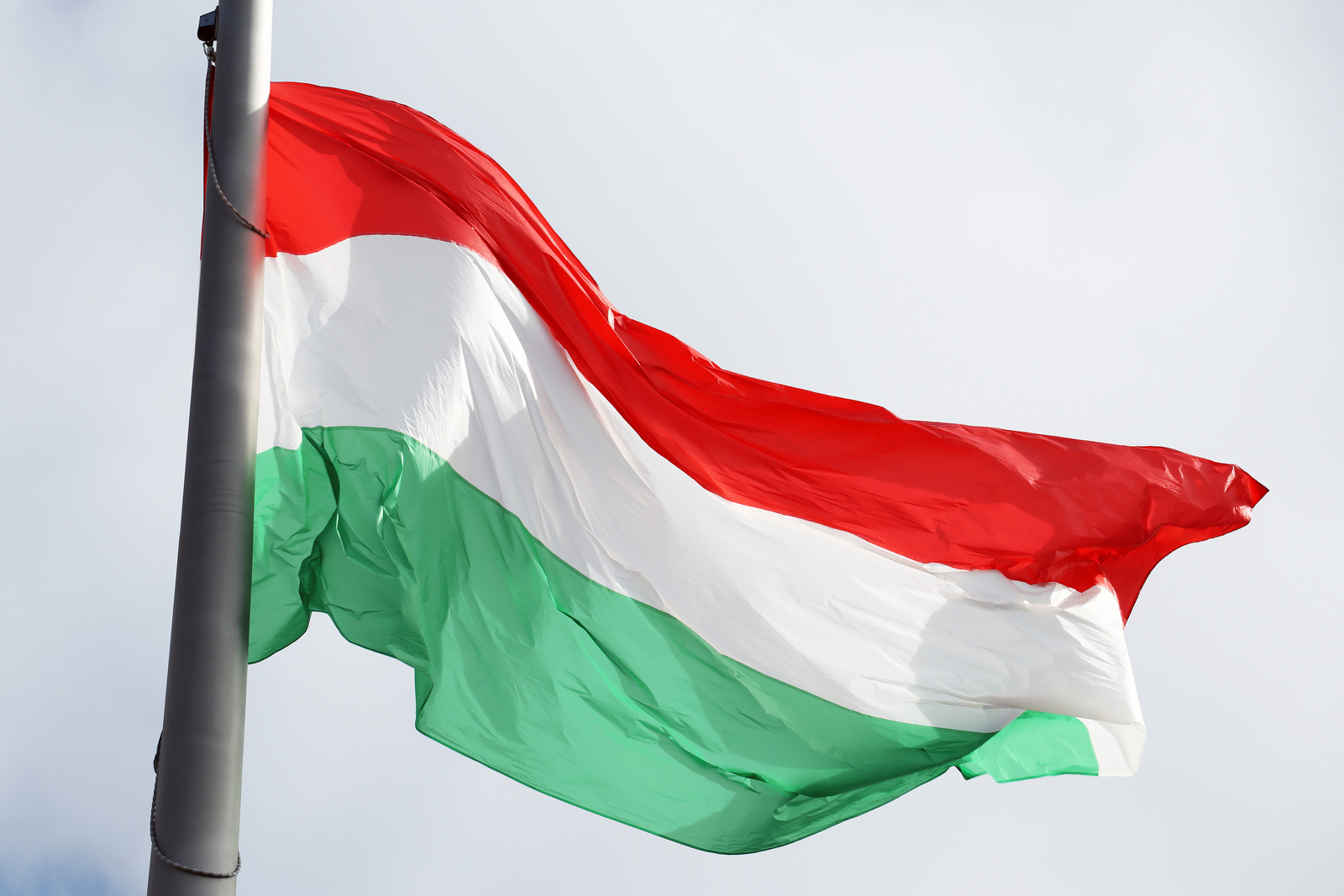13 Surprising Secrets Of The Hungarian Language

Have you ever wondered what makes the Hungarian language so unique? Unlike most European languages, Hungarian belongs to the Finno-Ugric family, making it a distant cousin to Finnish and Estonian. This fascinating language boasts 14 vowel sounds, complex grammar, and a rich vocabulary influenced by Turkish, German, and Slavic languages. Learning Hungarian can feel like cracking a code, but it’s also incredibly rewarding. From its agglutinative structure to its poetic expressions, Hungarian offers a linguistic adventure like no other. Ready to dive into the secrets of this intriguing language? Let’s uncover what makes Hungarian truly special.
The Origins of Hungarian
Hungarian, or Magyar, stands out among European languages. Its roots trace back to the Uralic family, making it quite unique. Here are some fascinating aspects of its origins:
Uralic Roots: Unlike most European languages, Hungarian belongs to the Uralic family, sharing ancestry with Finnish and Estonian.
Ancient Migration: The ancestors of modern Hungarians migrated from the Ural Mountains to the Carpathian Basin around the 9th century.
Influence of Turkic Languages: Early Hungarian was influenced by Turkic languages due to interactions with Turkic tribes.
Unique Grammar Features
Hungarian grammar can be quite a puzzle for learners. Its structure differs significantly from Indo-European languages. Let's look at some unique features:
Agglutinative Nature: Hungarian builds words by adding various suffixes to a root word, creating complex meanings.
No Gender: Unlike many languages, Hungarian does not use grammatical gender, simplifying some aspects of learning.
Vowel Harmony: Vowels within a word harmonize to be either front or back vowels, creating a melodic flow.
Vocabulary and Loanwords
Hungarian vocabulary is rich and diverse, with influences from many languages. Here are some interesting points about its lexicon:
Ancient Words: Some Hungarian words have remained unchanged for over a thousand years, preserving ancient culture.
Loanwords: The language has borrowed words from Latin, German, Turkish, and Slavic languages, enriching its vocabulary.
Compound Words: Hungarian often creates new words by combining existing ones, making the language highly adaptable.
Pronunciation and Sounds
Pronouncing Hungarian can be tricky for newcomers. Its sounds and stress patterns are distinct. Let's explore:
Unique Sounds: Hungarian includes sounds not found in many other languages, such as the "gy" and "ny" sounds.
Stress on First Syllable: Unlike English, Hungarian always places stress on the first syllable of a word.
Long and Short Vowels: Vowel length can change the meaning of words, so pronunciation must be precise.
Cultural Significance
Language and culture are deeply intertwined. Hungarian reflects the nation's history and identity. Here are some cultural connections:
- Literary Heritage: Hungarian literature boasts famous poets and writers like Sándor Petőfi and Imre Kertész, showcasing the language's beauty and depth.
Embracing the Richness of Hungarian
Hungarian is a fascinating language with unique characteristics. From its complex grammar to its rich vocabulary, it offers a deep dive into a culture that's both ancient and modern. Learning Hungarian can be challenging, but it’s also incredibly rewarding. The language's distinct sounds and expressive idioms provide a fresh perspective on communication. Whether you're interested in linguistics, travel, or simply expanding your horizons, Hungarian has something to offer. It’s not just about mastering words and rules; it’s about connecting with a vibrant culture. So, take the plunge and explore the secrets of Hungarian. You’ll find that each new word and phrase opens up a world of understanding and appreciation. Happy learning!

